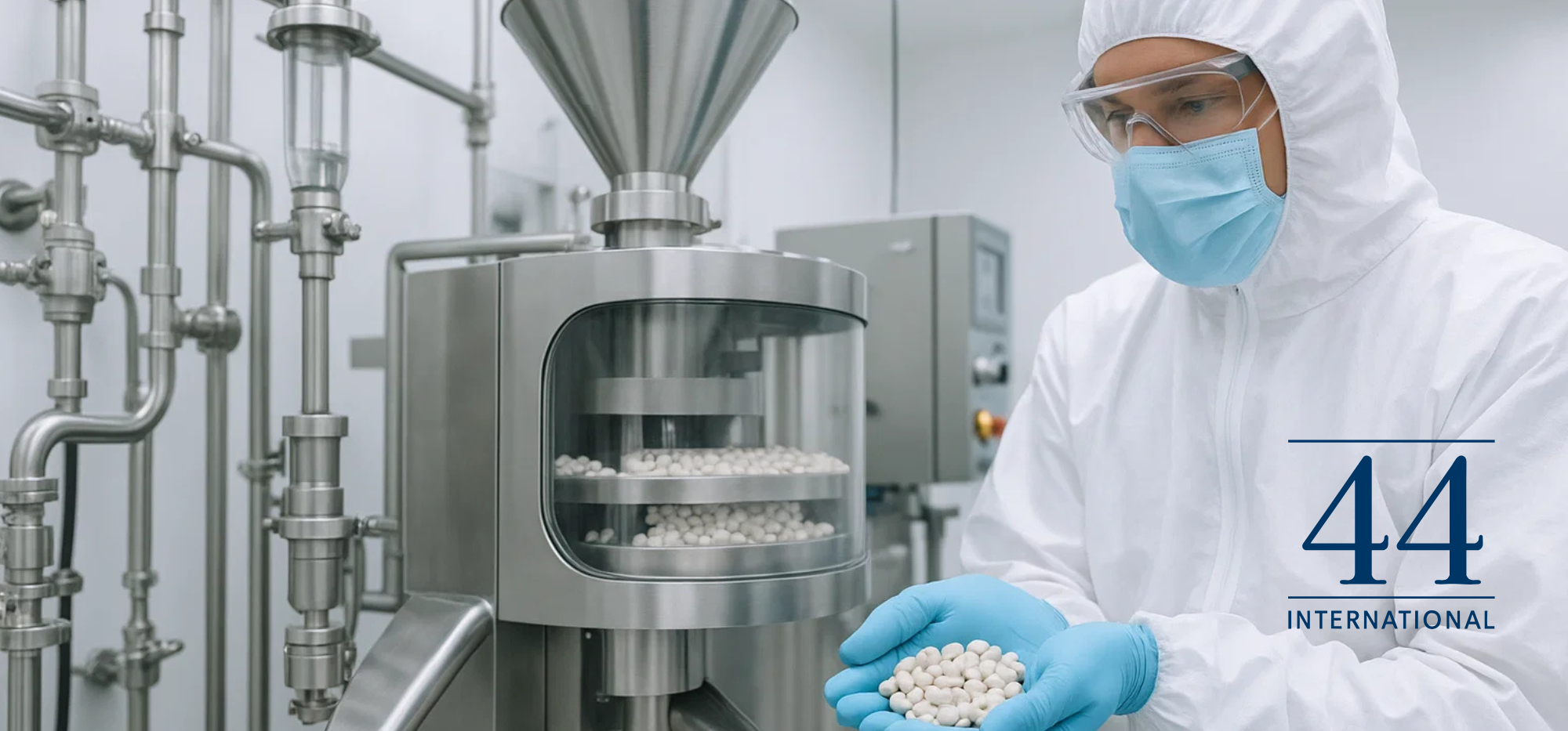July 1, 2025

The Rise of Continuous Manufacturing and Oral GLP‑1 Scale-Up
The pharmaceutical manufacturing landscape is undergoing a rapid evolution. As drug pipelines become more specialized and demand more precision, CDMOs (Contract Development and Manufacturing Organizations) are investing in smarter, scalable, and more cost-efficient production models. At the forefront of this transformation is the growing adoption of continuous manufacturing, particularly for high-potency and hard-to-formulate drugs like oral GLP-1 receptor agonists.
Unlike traditional batch processes, continuous manufacturing enables a seamless, end-to-end flow of materials, reducing downtime, waste, and variability. It’s faster, more agile, and aligns with the industry's need for quicker time-to-market and consistent quality. Many CDMOs are integrating this model into their operations, recognizing the significant advantages it offers for both clinical and commercial-scale production.
One of the most pressing use cases today lies in the production of oral GLP-1 therapies, which have seen a sharp rise in demand due to their effectiveness in treating diabetes and obesity. These drugs, often in the form of peptides, present unique challenges—they are poorly soluble, sensitive to enzymatic degradation, and require specialized formulations like enteric coatings or permeation enhancers to ensure bioavailability. With blockbuster drugs like Rybelsus paving the way, the pressure is on to meet global volume expectations, especially as oral formulations become a more convenient alternative to injectables.
To stay ahead, leading CDMOs are going beyond formulation. They're offering integrated services that cover everything from early-stage development and process modeling to scale-up, validation, and GMP-compliant manufacturing. This full-service model not only supports efficiency but helps de-risk projects by reducing handoffs and preserving knowledge across the development lifecycle.
Investment is flowing accordingly. Several global pharmaceutical companies have announced significant capital commitments to expand capacity, particularly around oral peptide manufacturing. CDMOs that can demonstrate proven scale-up capabilities—backed by modern infrastructure and regulatory credibility—are becoming the partners of choice for major players.
In parallel, technology continues to be a key differentiator. From AI-enhanced process controls to digital twins and continuous flow reactors, innovation in manufacturing tools is allowing CDMOs to push the boundaries of what’s possible in drug production. Those adopting digital-first, flexible infrastructure are in a prime position to deliver both speed and scalability while keeping costs under control.
This shift also has major implications for talent. As facilities adopt more advanced technologies and complex drug targets, demand is rising for professionals with deep expertise in formulation science, process engineering, regulatory strategy, and GMP operations. It’s not just about filling roles—it’s about building future-ready teams.
Ultimately, the ability to deliver cost-effective, high-throughput manufacturing for therapies like oral GLP-1s is no longer optional. It’s a strategic necessity. For pharmaceutical sponsors, CDMO partners who can provide this capability are essential to meeting market expectations and securing long-term success.
At 44 International, we continue to work closely with life sciences organizations and CDMOs building the next generation of manufacturing. If you’re looking to scale your team or assess your strategy in this space, we’d be happy to help.